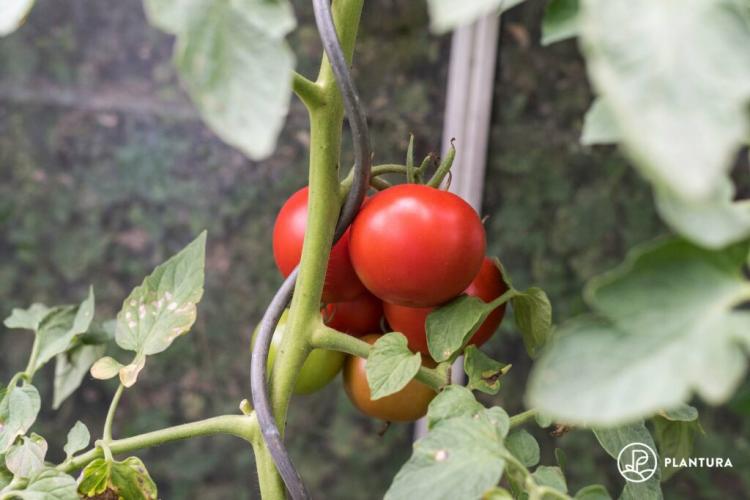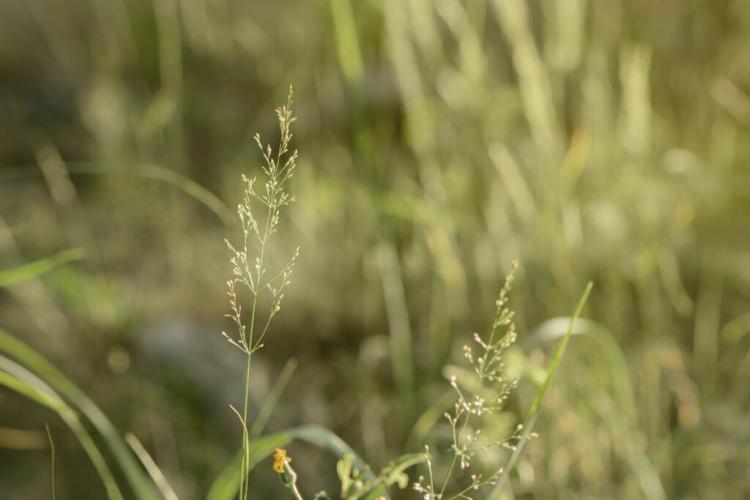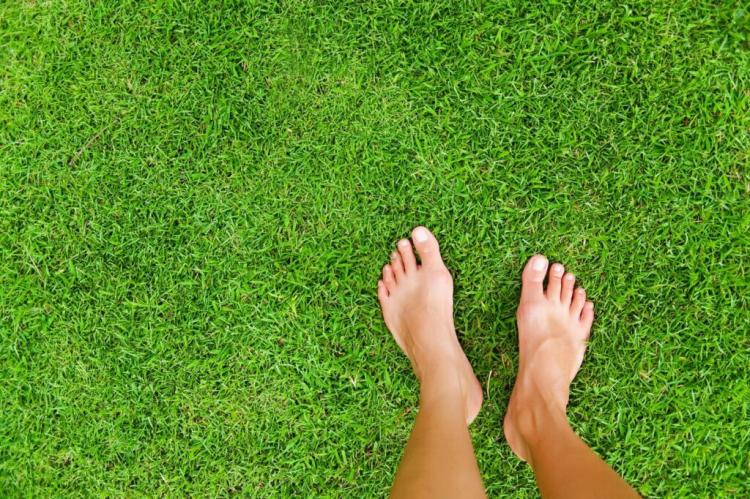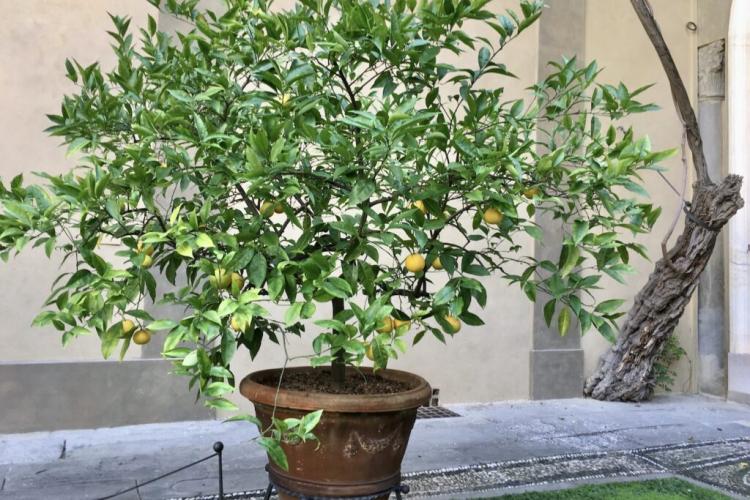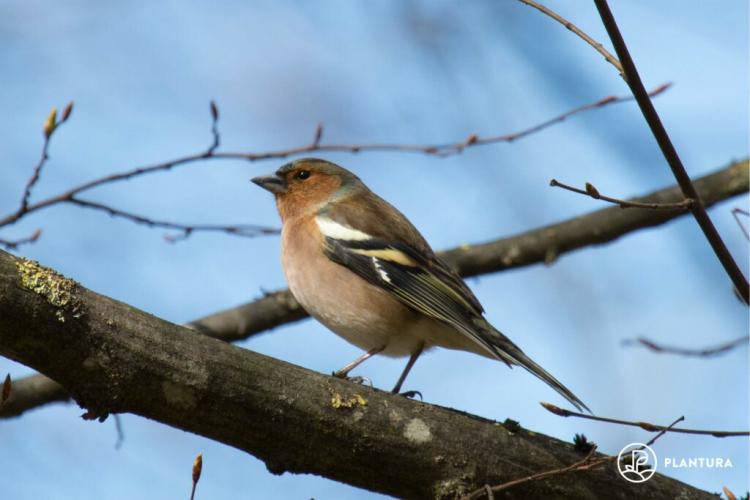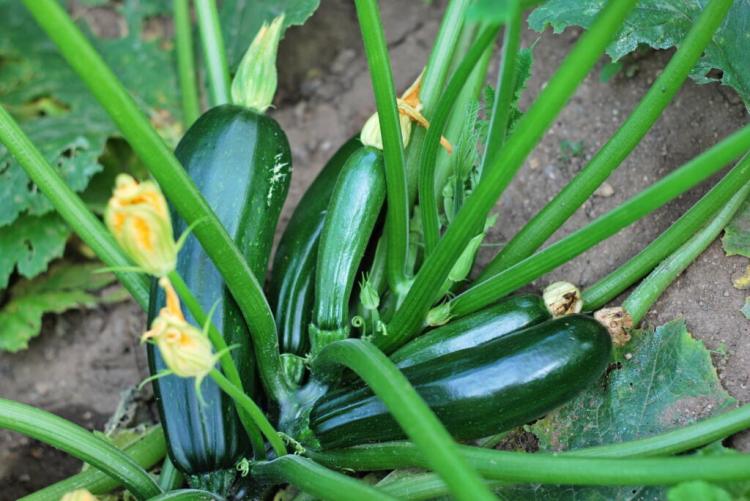Fertilizing the lawn in summer: does it make sense?
Lawn should be fertilized in spring and summer. We explain how and when fertilization is carried out in summer.
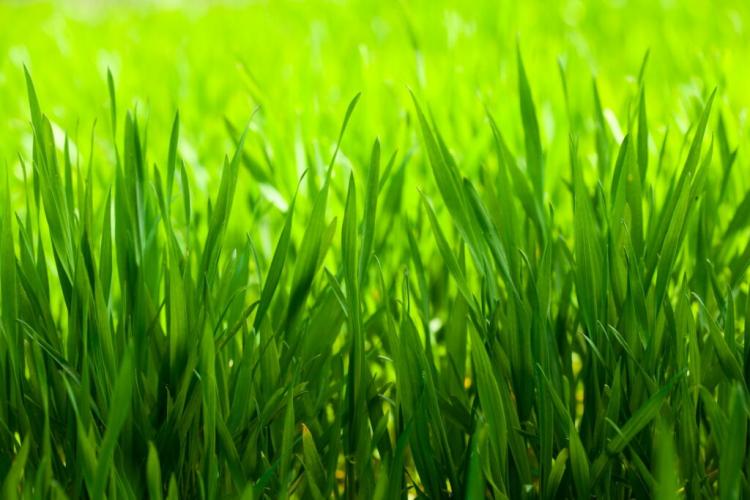
Even when it is warm and sunny, lawn fertilization can be useful [Photo: Anest / Shutterstock.com]
In the warm summer months, lawn growth runs at full speed if there is sufficient moisture. However, there are a few important things to keep in mind when fertilizing your lawn in summer. With our tips, your lawn will receive the best possible supply of nutrients, even in the hot season.
In the following you will find out when and when lawn fertilization should be carried out in summer. Then we will give you tips on choosing fertilizers in summer.
Why should you fertilize the lawn in summer?
In the minds of many lawn owners, the thought haunts that lawn only needs fertilization in spring and autumn. However, the last possible fertilization in October is only suitable for heavily polluted lawns, such as sports fields for football or polo as well as the finest English ornamental lawns. For the normal and upscale lawn in the home garden, it is recommended that the last fertilization be carried out in August or September. It is important that you should still fertilize your lawn in summer. Fertilizing the lawn in autumn is more of an alternative date. With mainly organic fertilizers, you can do this without any worries, since organically bound nutrients tend neither to overfertilize nor to wash out. Partial or purely mineral fertilizers should only be distributed until August. The fertilization plan for a lawn can ultimately be designed very differently. Of course, the type of soil, the fertilizer used and the time of the last fertilization determine how fertilization is carried out in summer.
| Soil type | Type of fertilizer | Recommended fertilization in spring | Recommended fertilization in summer |
|---|---|---|---|
| Light sandy soil | Organic-mineral | March to April approx. 80 g / m² |
June approx. 80 g / m² August approx. 50 g / m² (potassium-accentuated autumn lawn fertilization) |
| Medium heavy soil | Organic-mineral | April to May approx. 80 g / m² |
June approx. 80 g / m² August approx. 50 g / m² (potassium-accentuated autumn lawn fertilization) |
| Heavy clay soil | Organic-mineral | May to June approx. 120 g / m² |
August approx. 60 g / m² (potassium-accentuated autumn lawn fertilization) |
| Light sandy soil | Organic | February to March approx. 60 g / m² |
June approx. 40 g / m² August to mid-October approx. 70 g / m² (potassium-accentuated autumn lawn fertilization) |
| Medium heavy soil | Organic | March to April approx. 60 g / m² |
June approx. 40 g / m² August to mid-October approx. 70 g / m² (potassium-accentuated autumn lawn fertilization) |
| Heavy clay soil | Organic | April to May approx. 60 g / m² |
June approx. 30 g / m² August to mid-October approx. 80 g / m² (potassium-accentuated autumn lawn fertilization) |
Note : The dosages given are examples. The information on organic-mineral fertilizer refers to a fertilizer with a composition of 10: 4: 6: 2. The information on the primarily organic fertilizer relates to our Plantura organic lawn fertilizer and our Plantura organic autumn lawn fertilizer. The correct dosages may vary for your lawn. For a needs-based fertilization, we recommend carrying out soil analyzes every few years.
Fertilizing lawns in summer: the right time
As you may have noticed in the table above, July is left out of fertilization as the hottest and driest month on average. Fertilization should not be used, especially when there is high solar radiation and drought. On the one hand, the speed of action is reduced in dry conditions. On the other hand, the rapid evaporation of irrigation water after fertilization can lead to harmful concentrations of nutrients on the lawn roots. Of course, this only applies to mineral fertilizers. The following applies to every fertilization in summer: The weather should be as humid as possible and the irradiation as low as possible. The cooler evening hours are best and the application of the fertilizer should be followed by thorough watering.

The time at which fertilization is carried out also depends on the type of soil present [Photo: Microgen / Shutterstock.com]
Tip: Do you often have to struggle with drought in summer because your soil hardly stores any water and your grasses suffer as a result? Then, on the one hand, it is important to use a potassium-accentuated autumn lawn fertilizer every autumn. This permanently increases the drought resistance of the grass. In addition, it would make sense to use a dry grass seed mixture for a new plant. Because mixtures like our Plantura dry lawn are made up of particularly drought-tolerant grasses.
What do you fertilize the lawn with in summer?
You have probably noticed that we have omitted mineral lawn fertilizers in our exemplary fertilization plan. As a compromise, we have given data on an organic-mineral fertilizer. Purely mineral fertilizers generally have many disadvantages for the user. On the one hand, the application requires high accuracy, fertilization dates should be adhered to as far as possible and incorrect fertilization quickly leads to damage to the lawn. On the other hand, the sole use of mineral fertilizers has been shown to lead to a loss of humus and soil quality. Because neither is desirable for your lawn, we recommend that you leave the mineral fertilizers behind.
Due to their slow and weather-dependent implementation, organic lawn fertilizers have the advantage that the time window for application is very long and the possible application rate is very high. Of course, it makes sense to stick to the dates and dosages mentioned above. But if you are unable to keep an appointment, another time will not immediately lead to overfertilization of the lawn or to a loss due to washing out. Apart from these obvious advantages, organic fertilizers offer many more: The input of organic structural material nourishes the soil life and promotes soil quality. As a result, your lawn can grow in loose ground and the matting of the sward is effectively prevented by beneficial soil organisms. This reduces the need for scarifying.
Because we are convinced of the advantages of primarily organic fertilizers, we have developed our Plantura organic lawn fertilizer and the Plantura organic autumn lawn fertilizer. These consist of purely natural raw materials and are produced completely animal-free. This makes them perfect for use by lawn owners.
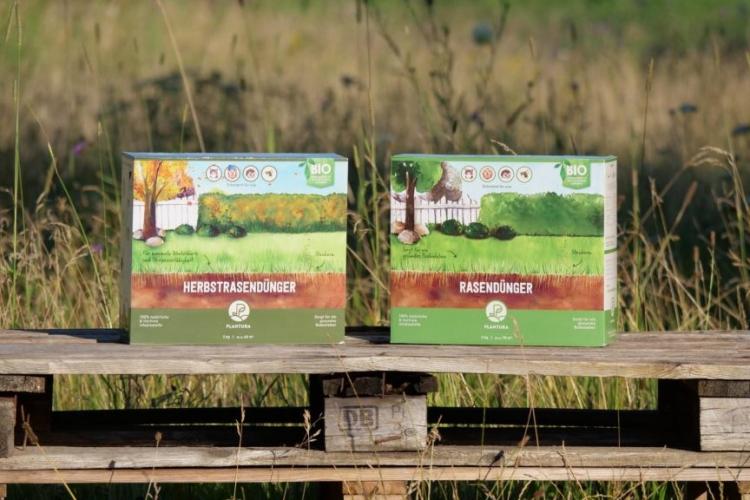
Our Plantura organic lawn fertilizers ensure a resistant and easy-care lawn
Summary: what to fertilize lawns with in summer?
- Mineral lawn fertilizer is possible, but has many disadvantages for the user
- Primarily organic lawn fertilizer is user-friendly and ensures a more resistant and easy-care lawn in the long term
- Pay attention to organic quality, so you and your pets can go back to the lawn immediately after fertilization
Here you can find out about the first fertilization in spring, while this special article deals with the last lawn fertilization in autumn.

